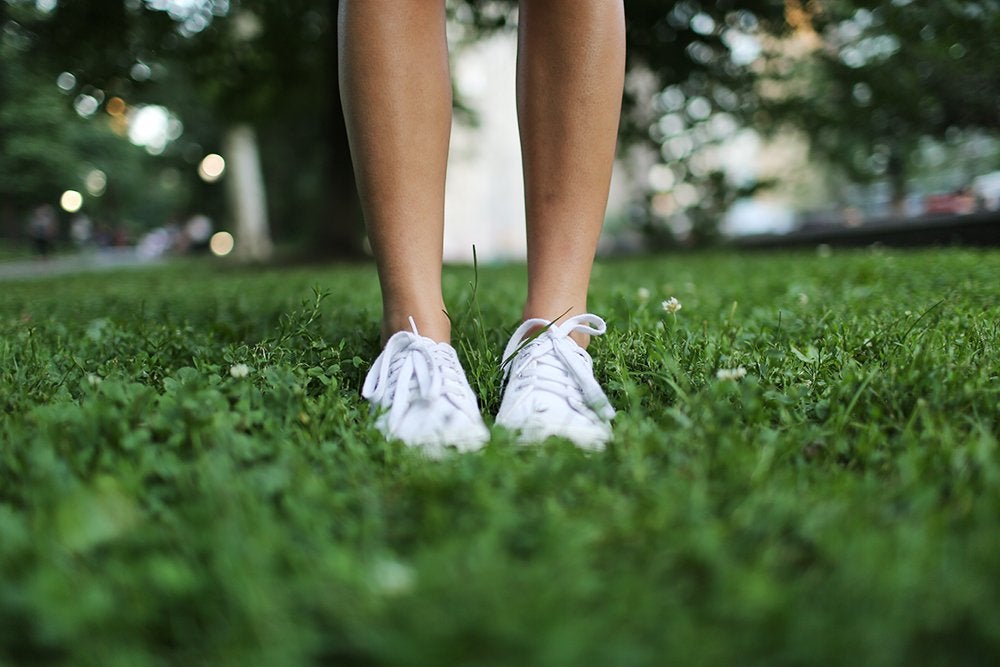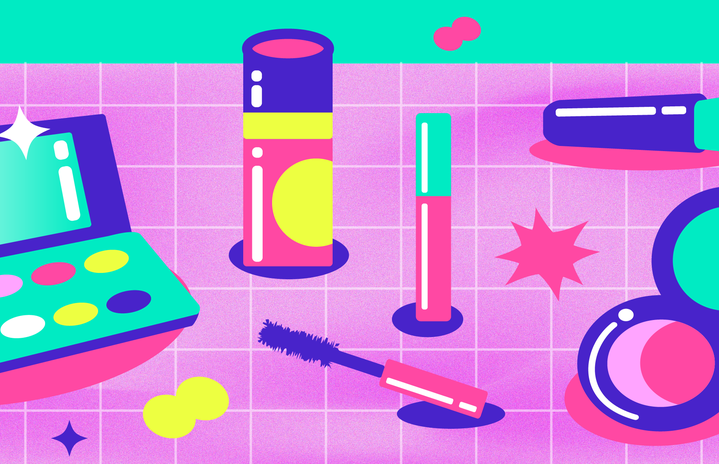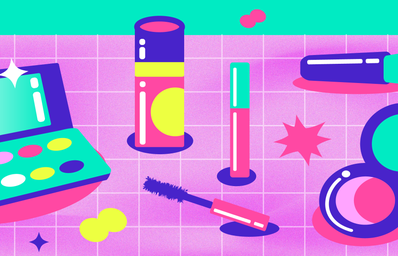When I first heard the phrase “Sephora 10-year-olds,” the concept seemed simple enough. I pictured a bunch of children walking around Sephora, taking pictures and trying on makeup. Upon further research, this phenomenon is much deeper than previously expected.
The discourse exploded when TikTok user chloevanberkel posted a video talking about her most recent trip to the makeup store Sephora. While there, she recounts seeing a bunch of little girls walking around the store. She noticed one mother-daughter duo, and the daughter was upset she could only get one concealer instead of two. Van Berkel was shocked and saddened to see this; most girls this young don’t even have blemishes to cover, let alone need two concealers.
Specifically, people have shared concerns about young girls going to shop for Drunk Elephant products. Drunk Elephant is a skincare brand with colorful bottles and playful packaging. Most of the concern seems to come from the fact that this brand has many products with active ingredients like retinol in them, an exfoliating agent that can be damaging to young people’s skin. However, the biggest culprit seems to be their smoothies, which make it easy for skincare products to be mixed together and applied to the skin.
Although there may be nothing wrong with the brand itself, children in Sephora have begun destroying testers and crowding the displays at cosmetic stores. Some have even taken to TikTok and other platforms to share “get ready with me” videos and hauls with their new products. So, what’s the deal?
There have been multiple perspectives on this issue, including the role of influencers and the rampant consumerism impacting our society. Some argue that influencers showing off their expensive products and routines on apps like TikTok, where many young people spend a lot of time, could be fueling the cosmetic craze. I would agree, but it’s a difficult issue. On the one hand, influencers often don’t say their content is aimed toward children, with many talking about their adult lives as they go through their routines. However, there is something to be said about creators saying, “You need [product X]!” so often when they know how young their audience is.
Consumerism, in my eyes, is one of the biggest culprits in this phenomenon, as children are going to stores to buy the things their favorite influencers endorse online. Even adults fall victim to it, so it’s unsurprising that children would, too. However, I don’t think the influencers can be blamed. If they like a product and share it with their audience, they are (typically) not responsible for what their audience decides to do with that information.
This brings us to another point of view: parents should be held responsible for letting their children go to stores and buy these products. Recently, Gen Alpha has been presented in the media exemplifying the nickname of “iPad kids” and lacking the reading comprehension skills that previous generations seemed to have. Many of the issues surrounding their generation have been placed on their parents and caretakers, who are largely Millennials.
Millennials have been attributed to the idea of “gentle parenting,” where parents are encouraged to approach their children as human beings and focus on understanding them as they grow into adults. This framework is a great juxtaposition to how many in previous generations approached parenting, but some argue that Millenials aren’t doing it properly. They seem to be allowing their children to do what they want and not disciplining them in any way. This leaves their behavior unchecked by parents who don’t want to risk making their children upset.
It would be really easy to view this situation as another means to spark generational division or critique social media. These factors do seem to contribute to the problem. However, I want to focus on how this situation relates to the concept of “third places” and how their lack is harming all of us.
This concept was coined by sociologist Ray Oldenburg. The idea of third places refers to other locations outside of work or school and home. For example, an adult typically has a workplace, a home, and a third place. Whether it be a favorite cafe, a bar, or a bookstore, this place acts as another space for socialization and public relaxation outside of their usual responsibilities. They allow people to form relationships outside of a work or home environment.
Third places allow us to bond with others, usually around a common interest. For children, this could be something like a skatepark, playground, or library. The problem is that many of these avenues have become inaccessible to children of all socioeconomic levels. Playgrounds are empty, having fun is expensive, and library attendance has been on the decline. There’s also less of a need to go outside with delivery services, streaming, and friends at their fingertips.
This phenomenon isn’t just happening at Sephora and Ulta — other stores have seen an increase in young shoppers, too. This leads me to believe that the kids, and specifically young girls, have nowhere to go to just play without spending money. So, they may ask their mom to go to the mall so they can shop and hang out with their friends. In this instance, the children aren’t really at fault for wanting a place to build community. Society at large has taken the fun away from being a kid — and arguably condensed the tween stage — by policing and imposing dollar amounts on spaces where children once thrived.

So, what can we do about the lack of third places? Although some say that our phones and online spaces have taken the place of traditional third places, there are a few things we can do. Taking advantage of recreational sports teams, bowling alleys, skating rinks, book clubs, libraries, and coffee shops could be the best bet for the time being. Becoming a “regular” within a place or activity could help to recover the benefits of these spaces for adults and children alike.
Ultimately, we can not get mad at children for emulating what they see in the media and the behavior of overconsumption. The best we can do is educate them and introduce them to other spaces and hobbies that do not involve behaviors that may be too grown up for them. Hopefully, this way, they can work towards fostering relationships in third places, wherever they may be.





